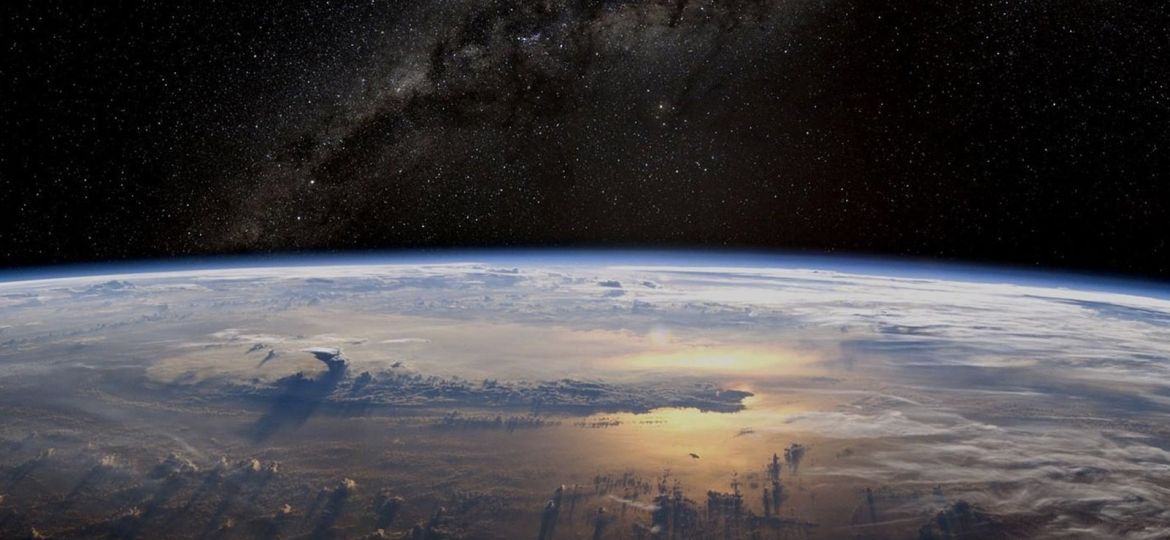
WHY THIS MATTERS IN BRIEF
- Climate change still looks like it’s a runaway train, albeit that optimists think that hope is on the horizon, but there are still many people in the scientific community that think we need Plan B in case Plan A fails
In a first of its kind, or “FOAK” as we used to call them at IBM, scientists from the Harvard University will dispense aerosols into the stratosphere to test a controversial new technique with the hope of blocking incoming solar radiation – a problem that we don’t seem to have in the UK, we have too much cloud… maybe someone can figure out a way to increase the amount of solar radiation the UK gets?
The new project, which ranks up there with another scientific community’s plans to re-freeze the arctic using fans, plays homage to a field of research called Solar Geoengineering – a controversial idea that aims to reduce the impact of global climate change by pumping aerosols into the sky to reflect the Sun’s rays back into space. And while the idea itself might sound a little whacky it’s one that’s gaining traction, with more and more scientists around the world jumping onto the bandwagon – their rationale being that if all else fails, then at least we’ll have a back up plan to counter global climate change if we need one… and the way things seem to be going right now we might well need a “Plan B.”
During the study the researchers will start off by shooting small jets of water vapour into the atmosphere and they won’t exceed volumes of more than 1kg of any substance, and while that doesn’t sound like much the team think it will allow them to assess the feasibility of the technology – albeit on a very small scale for now.
“The idea that you could even think about adjusting the temperature of the planet is terrifying,” said Frank Keutsch, one of the Harvard scientists leading the study, “but the consequences of climate change are also quite terrifying. This is a very serious subject.”
Keutsch also argues that research is needed to understand the concept better as well in order to assess what might happen if geoengineering is used on a large scale by a nation state – recently, for example, China announced that they were going to be spending north of $168 million on a monster climate control program.
“The big risk with stratospheric geoengineering is unforeseen consequences,” says Keutsch, “and we need to better understand some of the risks.”
Keutsch and his colleagues plan to send a balloon equipped with sensors and propellers 20 kilometers above Earth from a launch site near Tucson, Arizona, and there, the balloon will spray water into the stratosphere, creating a plume of floating ice crystals one kilometer long and 100 meters wide.
The balloon, attached to a gondola system and controlled by engineers on the ground, will then move through the artificial ice cloud slowly, taking measurements.
“Of course, we understand that solar geoengineering is not the solution – it can’t be. We have to reduce emissions. We have to mitigate. That is step one,” he says.
The first stage of the test could occur as early as next year and the idea behind using water, for the time being, is to help the team to test the methodology and technology of the experiment itself before they move onto new substances such as Calcium Carbonate, Sulfates, or even Diamond dust.
Solar geoengineering “is both terrifying and nuts, in isolation,” Wagner said, “but the question is – nuts compared to what? Is it nuts to be staring down the climate abyss, the way we are doing right now?”
“Even if solar geoengineering worked perfectly, it wouldn’t solve all the problems associated with Carbon Dioxide emissions, such as the acidification of the ocean caused by carbon build up,” says Keutsch, “rather, geoengineering should be seen as similar to a painkiller for a gravely ill patient, with similar benefits and associated risks.”
Still, studying the issue will hopefully help the world make better educated decisions about the possible risks and benefits associated with different strategies to deal with climate change.
“My view is we should always choose knowledge over ignorance,” Keutsch said.
As for myself though, as the Great Barrier Reef in Australia – a place I used to dive regularly during my marine biology days – bleaches for the second time in two years and is announced “terminal” by the local conservationists and researchers, I think we need options – just in case.
















